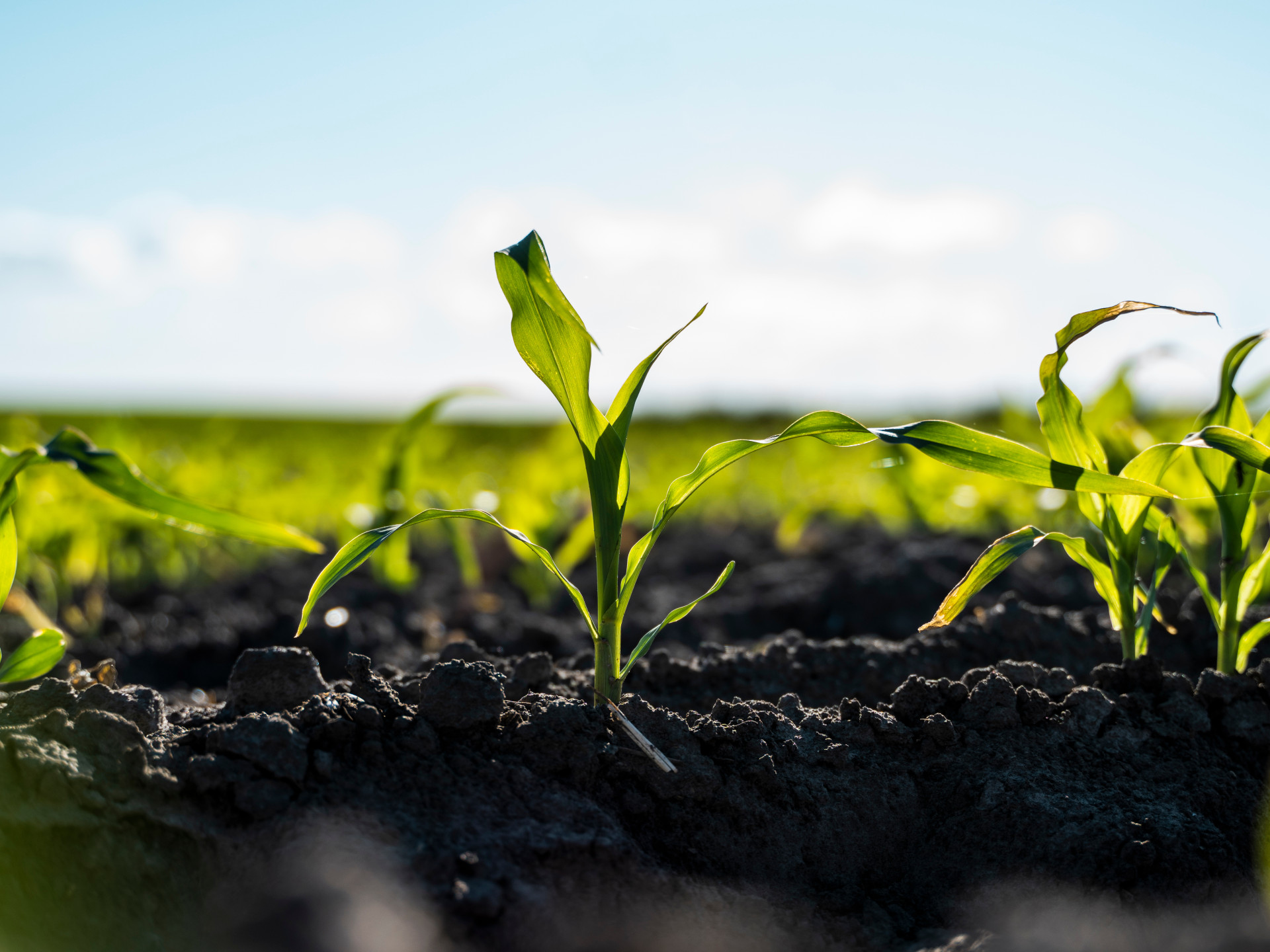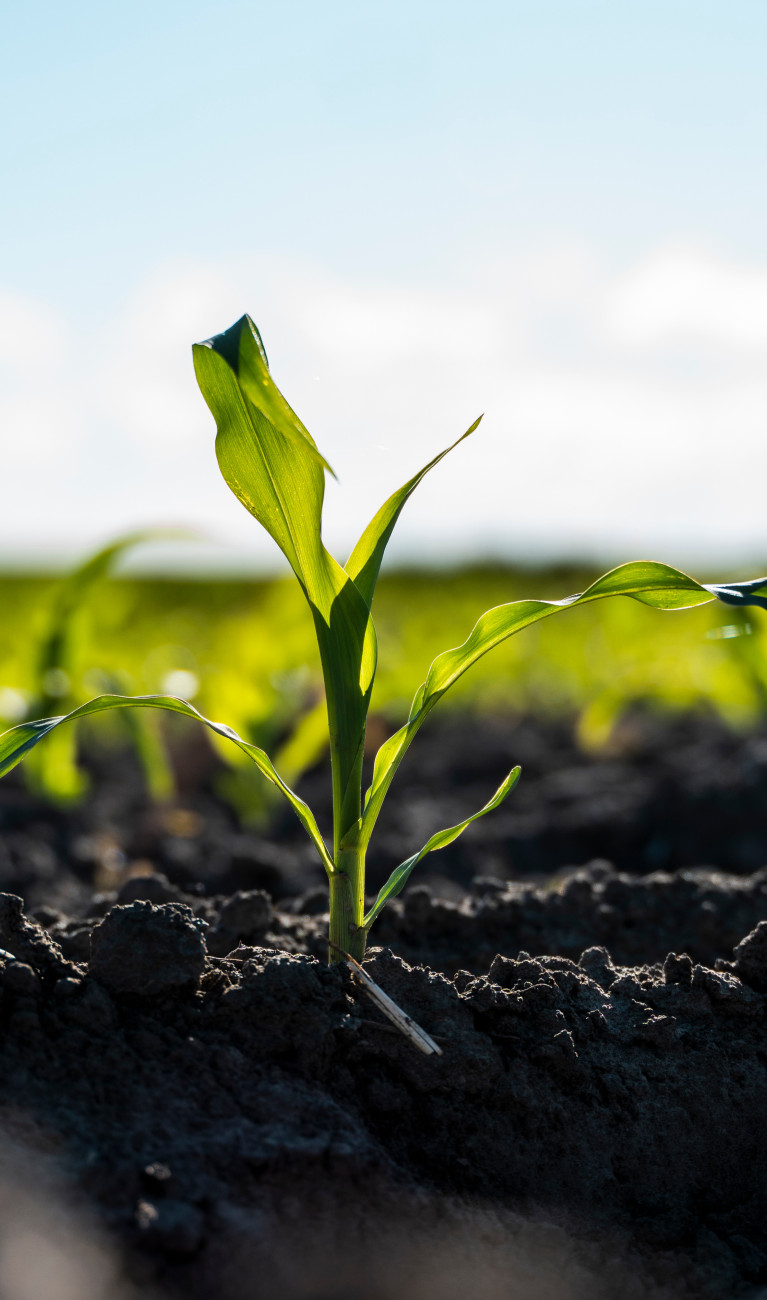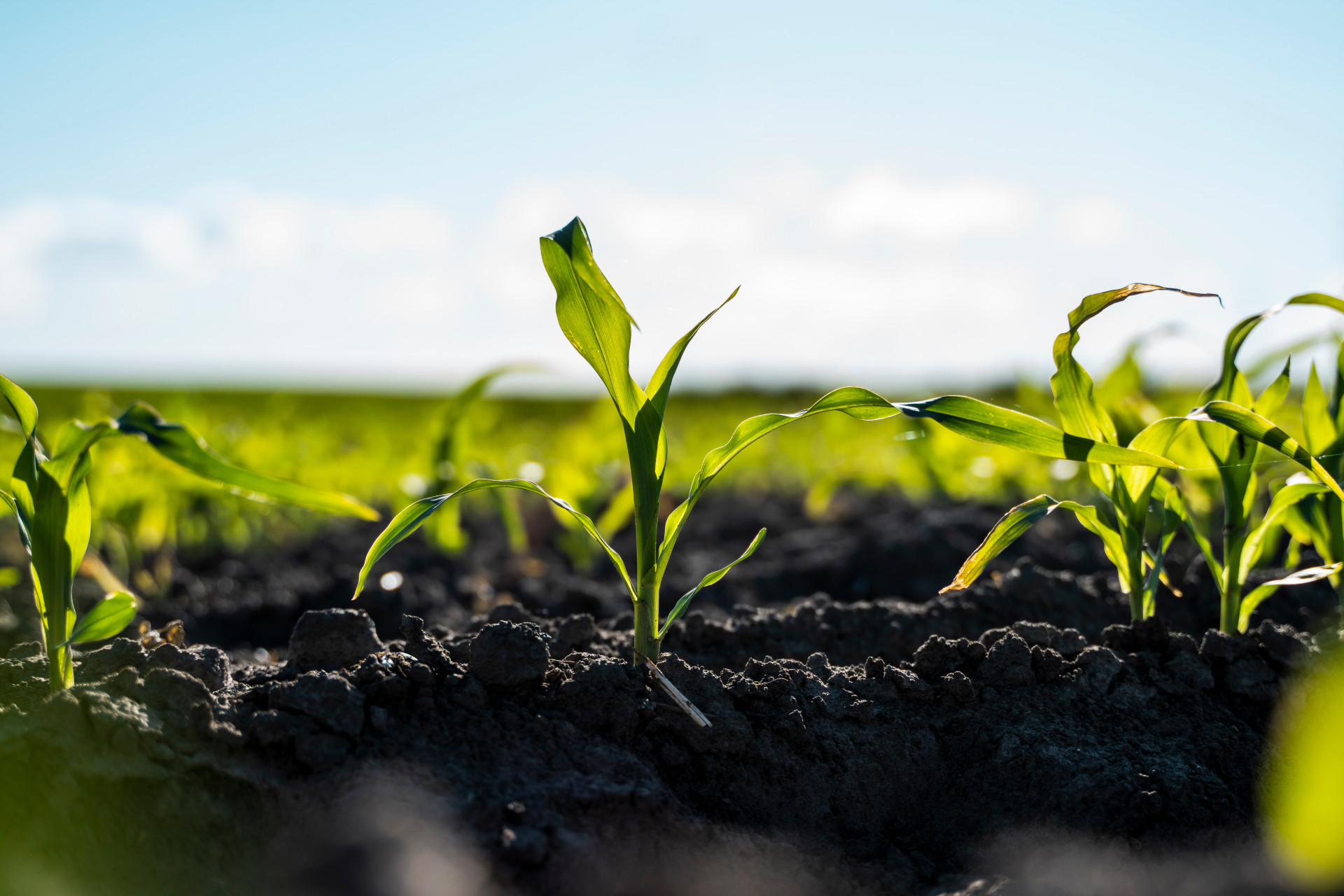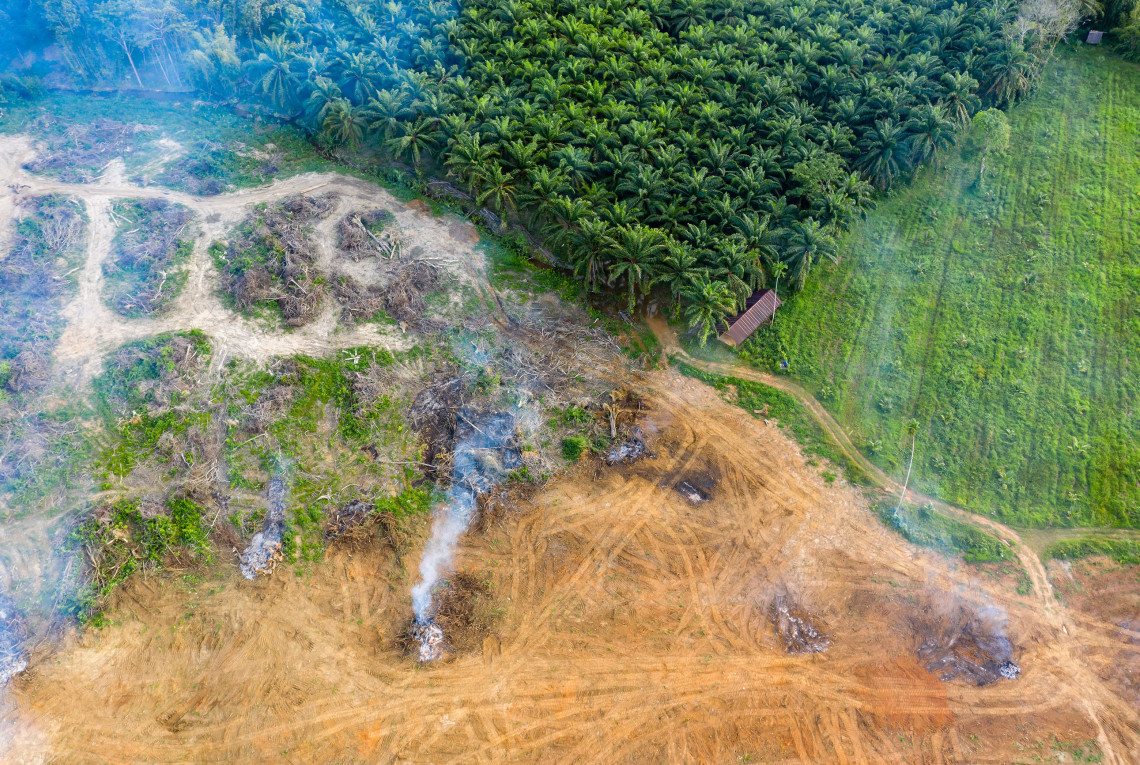Laughing Gas’ Role in Climate Change


Carbon dioxide is not the only greenhouse gas – nitrous oxide also has a particularly strong effect. Its concentration in the atmosphere has been increasing for decades. This increase is due to the use of nitrogen fertilizer in agriculture, among other causes.
Atmospheric emissions of anthropogenic carbon dioxide (CO2) are currently the main cause of global warming. However, nitrous oxide (N2O) – also known as laughing gas – also contributes to the natural greenhouse effect. Per ton, its effects on climate change are about 270 times that of CO2. As a result, even though there is significantly less of it in the atmosphere, nitrous oxide accounts for around six percent of human-driven global warming.
When microorganisms decompose biomass, for example, in the soil, nitrous oxide is released as a byproduct. The amount of nitrous oxide produced depends on the availability of nitrogen. Although this element is a key component of air, the N2 molecule is very stable. Most microorganisms and plants cannot readily utilize it. They need nitrogen in the form of nitrate or ammonia, which was historically in short supply.
More nitrogen for food production, more nitrous oxide
That changed at the beginning of the 20th century, when the chemists Fritz Haber and Carl Bosch were able to make atmospheric nitrogen available for use by living organisms through ammonia synthesis. This process allowed for the manufacture of artificial fertilizers, without which the scale of modern food production required for a growing world population would have been unthinkable. In 2020, 123 metric tons of nitrogen were produced as artificial fertilizer – a nearly tenfold increase in 60 years.
This tremendous amount of reactive nitrogen not only stimulates plant growth, it also generates more nitrous oxide. Agriculture, in which natural and artificial fertilizer is used on a massive scale, is one of the chief sources of man-made nitrous oxide. Since the 1980s, worldwide emissions in this sector have increased by more than 45 percent.
However, nitrous oxide does not only occur in areas where fertilizer is used. Reactive nitrogen quickly travels from the soil into the ground- and surface water. In addition to affecting the water quality, this leads to the formation of nitrous oxide there. Researchers from Helmholtz-Zentrum Hereon have shown that the mouth of the Elbe river releases nitrous oxide into the atmosphere all year long, but especially during algae blooms.
Nitrogen also travels to other ecosystems through the air. Reactive nitrogen compounds, which enter the atmosphere through combustion processes, can later end up in oceans or on the ground. This is called atmospheric deposition. As a result, nitrous oxide emissions from the world's oceans have also increased.
Since the beginning of industrialization, the atmospheric concentration of N2O has increased by 23 percent,,and emissions continue to increase at an ever more rapid pace. However: In Europe, the trend started to reverse some time ago. Here, nitrous oxide emissions have decreased thanks to policies against excessive use of fertilizer. However, they are still far too high to meet the climate targets of the Paris Agreement.


